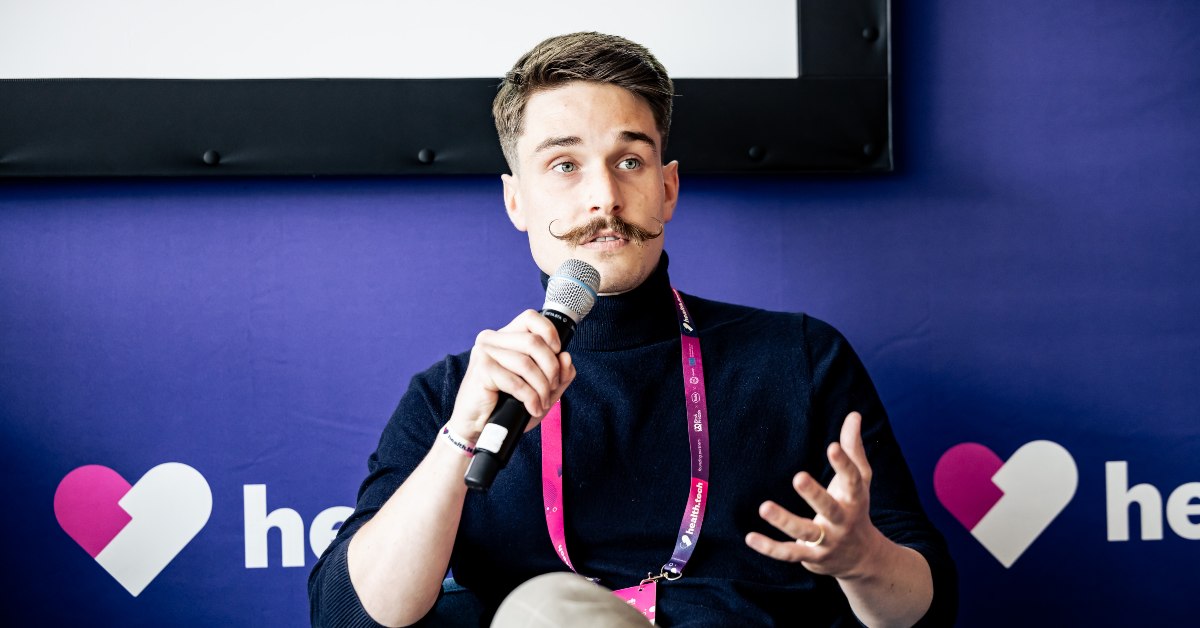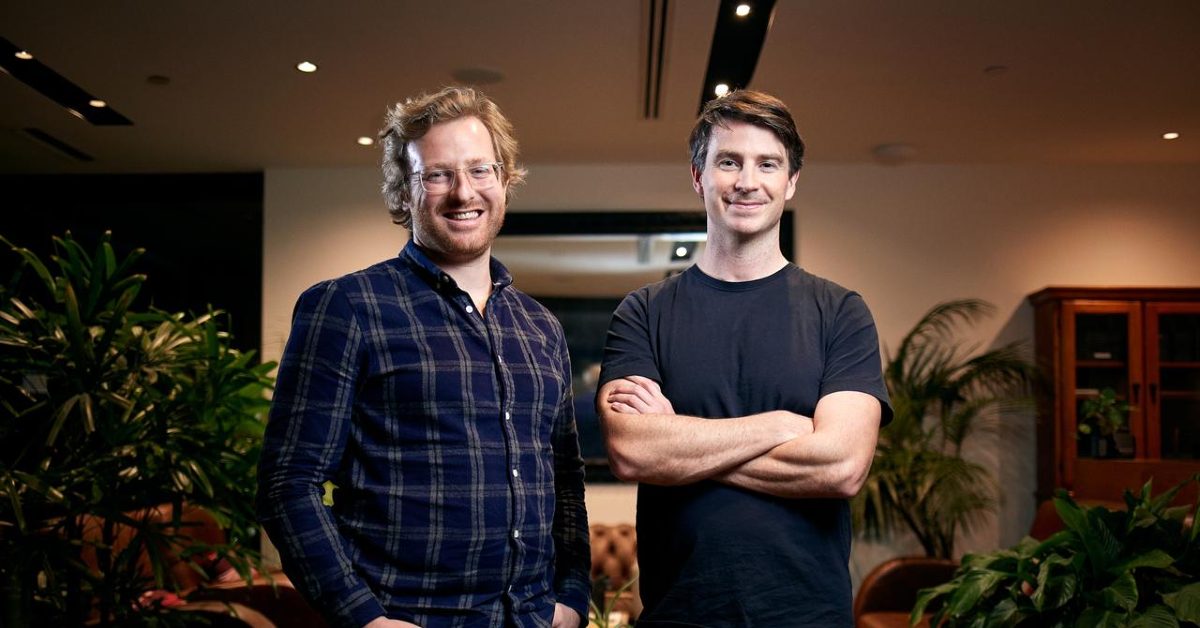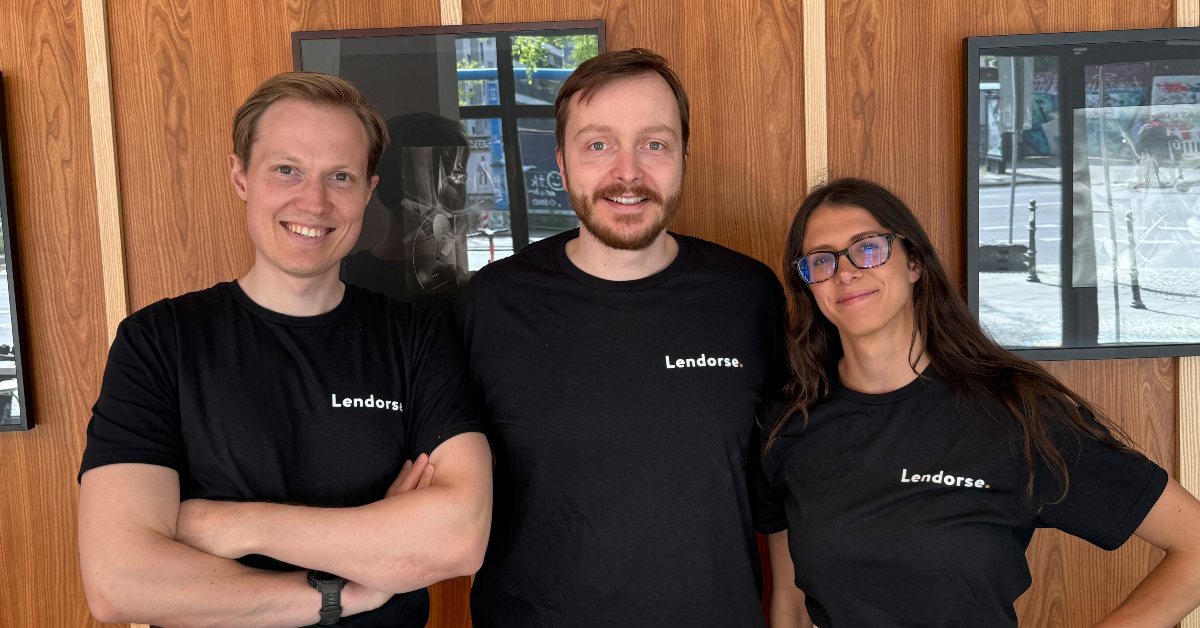Linköping-based Polar Light Technologies, a Swedish quantum opto-electronics developer, has completed a funding round totalling SEK 34M (nearly €3.10M).
The round attracted interest from both current and new investors. Major shareholders took part, including Stoaf SciTech, fam Bo Eklöf (which increased its stake), Almi Invest, Sustainable Energy Angels, Butterfly Ventures, and LiU Invest. J2L Holding joined as a new investor.
Klaus Gottwald of Stoaf SciTech, says, “We chose to invest more than our pro rata share because we strongly believe in Polar Light Technologies’ potential to transform the microLED market.”
“What the team has achieved—technically and strategically—is rare. This is not just a great technology; it’s a company ready to lead. We’re proud to be part of their journey and to support them in scaling toward commercialisation.”
Johan Lindh of J2L Holding, adds, “The semiconductor sector is buzzing with new players and innovation, and we believe Polar Light Technologies stands out in a very exciting way. MicroLEDs and next-gen display technologies are strategic not just for the industry, but for Europe as a whole—and it’s remarkable to see a Swedish company leading at the frontier.”
Capital utilisation
Polar Light Technologies is entering its commercialisation phase, targeting market entry in 2026.
Oskar Fajerson, CEO of Polar Light Technologies, says, “This is a major milestone for us. We’ve methodically advanced from deep research to a commercially viable solution. Investor interest confirms both their belief in our technology and our ability to deliver. This capital will allow us to accelerate our journey toward product launch in 2026.”
The company reports that it is also preparing for a next closing to support its commercialisation efforts. A larger financing round is planned for 2026 to fund full-scale market entry.
Brief about Polar Light Technologies
Polar Light Technologies has created a patented bottom-up process for producing pyramidal microLEDs using atom-by-atom crystal growth. Unlike the conventional top-down method, this approach does not require etching.
Etching is a printmaking process where lines or areas are incised into a metal plate using acid, allowing ink to be held in those recesses for printing.
This method supports reduced pixel size, improved brightness, energy use, and streamlined production.
The technology enables microprojectors and displays to emit red, green, and blue light from a single material compound without the trade-offs or complexity seen in other solutions.
The company is a result of research led by Professor Per-Olof Holtz at Linköping University, with support from Vinnova, Sweden’s innovation agency.
In December 2024, Polar Light Technologies achieved red light emission at 625 nm using its bottom-up pyramidal microLED design. With red, green, and blue now produced from a single material system, the company is progressing toward monolithic RGB displays. The development has initiated discussions with potential customers and drawn interest from investors.










01
These are the top UK-based PR agencies for startups and scale-ups in 2025